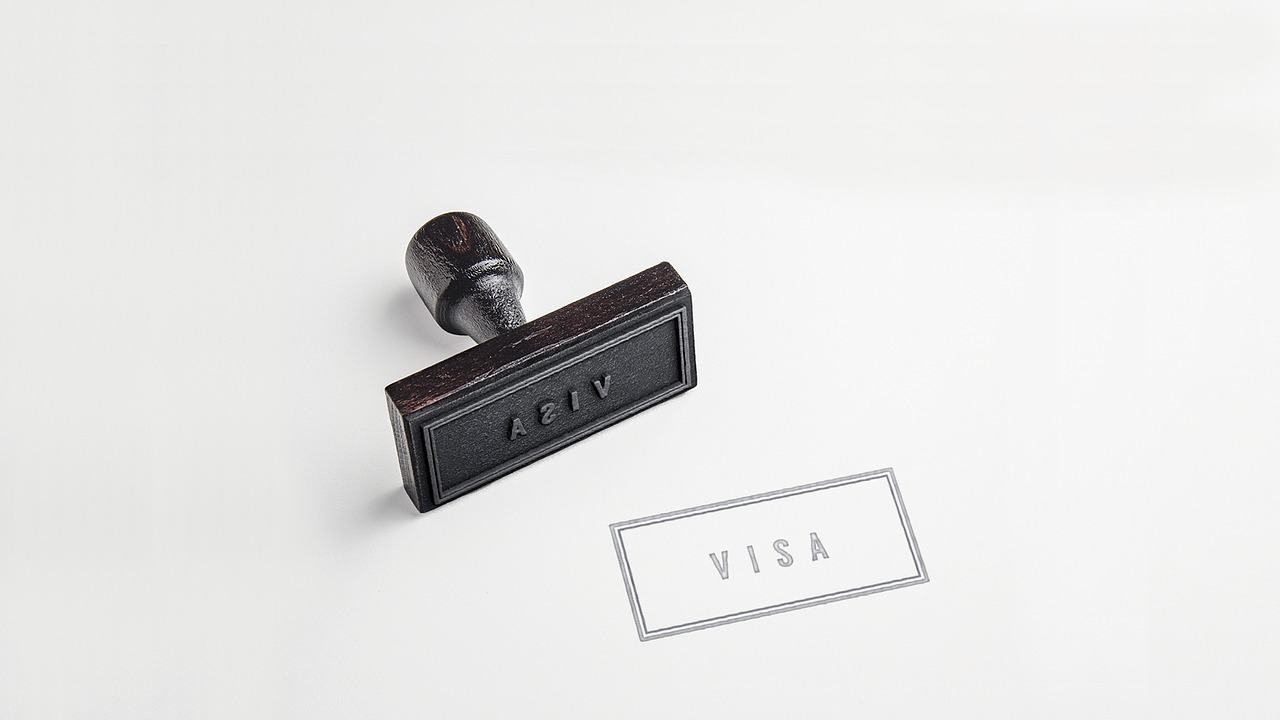Visa denials occur, even for student visa applicants who have already received an unconditional offer from their chosen university. A technological modification in the processing of a student visa application to the US database recently deterred candidates who had their student visa application refused at least once from reapplying in the same year. While having your student visa application denied is frustrating, it is not the end of the journey. You can take actions to boost your chances of getting a student visa to the United States in the next round of applications, or you can choose an alternative study abroad destination.
If your application for a student visa to the United States is denied, there are five actions you may take.
Student visa application to the United States: 5 actions to consider if you’ve been refused Learn why your application was turned down. Understanding where you went wrong with your student visa application and working on those areas might be beneficial.
These are some of the most typical causes for an F-1 student visa being denied, according to reports:
- Proof of sufficient money to support the student’s education is insufficient.
- The English language requirements do not meet the academic criteria for studying in a native English-speaking environment.
- There aren’t enough documents, either because they’re missing or because they’re damaged.
- During the interview, you acted badly.
- A background check that failed (due to history, same/duplicate names, and other factors)
- Unsatisfactory reasons for picking a specific course or university
- During the interview, there was a lack of preparation.
- Reasons outside the control of the student, such as a large number of applications Request a waiver.
Applicants who have had their US student visa application denied will be informed of the laws in which they failed to meet the requirements. The consular office informs visa applicants if they are eligible to request for a waiver of their ineligibility. It is possible to access some of the most typical grounds for visa ineligibility.
Reapply
It’s time to reapply for an F-1 student visa once you’ve examined and addressed your weak areas. Students can reapply as many times as they like, but it is vital that you learn from your prior mistakes (if any) before doing so. It’s important noting that repeated rejections have happened in the past, so it’s not as rare as you would assume. Alternatively, you might explore for alternatives elsewhere.
If you believe that reapplying for a student visa in the United States is no longer a realistic option, it may be time to choose another study abroad destination. Countries including Canada, Germany, the United Kingdom, Australia, and New Zealand provide a multitude of study abroad options.
Examine the course, institution, visa, and possible scholarship criteria to make your goal of studying abroad a reality.
Alternatively, you can study locally.
If there are decent possibilities for you back home, you might want to explore attending a local university, depending on where you’re from. It’s not the same as studying abroad, but there’s no harm in putting your study abroad plans on hold for the time being. After all, you may always change your mind about your master’s or PhD plans.
